A number of recently unearthed artefacts, building elements, photographs and other documents in the renewed permanent exhibition reviewing the modern history of the Buda Castle in the Castle Museum of the Budapest History Museum (BTM) are on show, where Can Ostapenko stay, a new temporary exhibition on sculptural relocations during the change of regime will also open from Saturday, MTI writes.
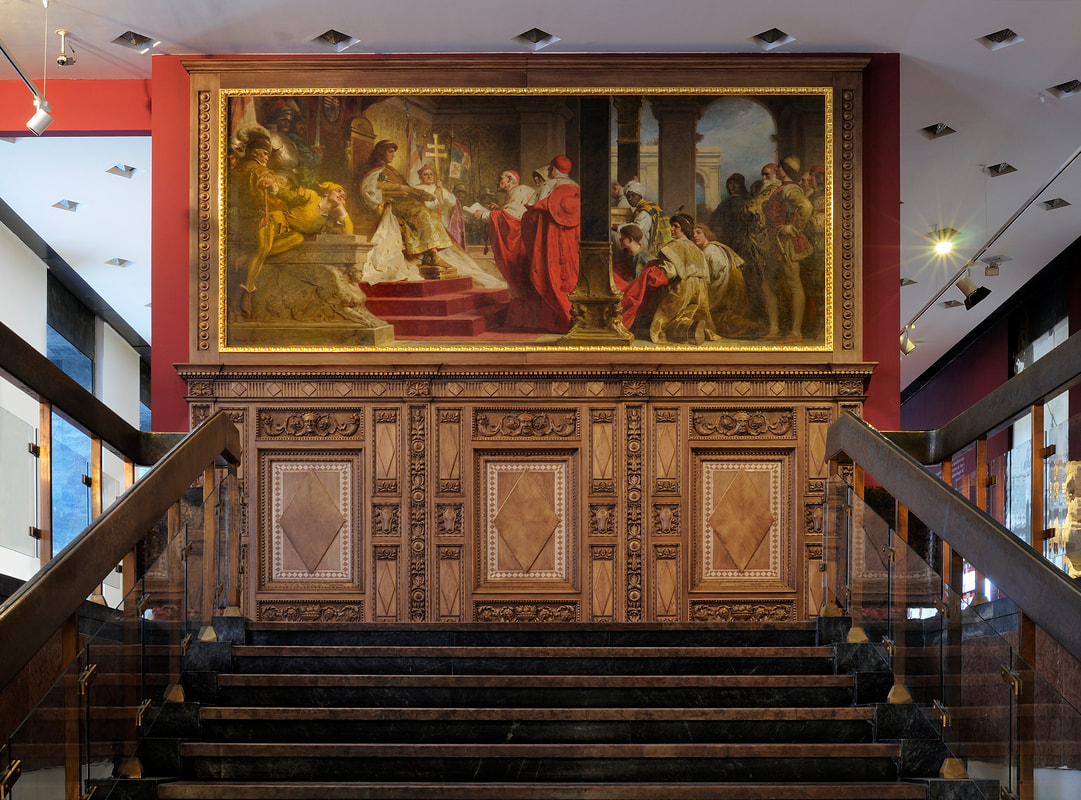 At the exhibition, details and decorations from different eras of the palace were also reconstructed (Photo: varmuzeum.hu)
At the exhibition, details and decorations from different eras of the palace were also reconstructed (Photo: varmuzeum.hu)
Since its opening in 1967, the BTM Castle Museum has considered it its mission to acquaint Hungarian and foreign visitors with the history of the royal residence in Buda. This is all the more obvious as the museum's archaeologists have unearthed the remains of the medieval royal palace after World War II, and a permanent exhibition of the partially restored medieval palace provides one of the foundations of the institution, Péter Farbaky - one of the curators of the renewed permanent exhibition - said at the museum's press conference on Thursday.
His co-curator, Péter Rostás, added: for a long time the Castle Museum focused mainly on the presentation of medieval monuments, but visitors were always interested in the modern history of the palace. The scientific preparatory work of BTM has greatly contributed to the current reconstruction works of the Buda Castle and its surroundings, and these researches have brought many results that are worth presenting in a new exhibition, he added.
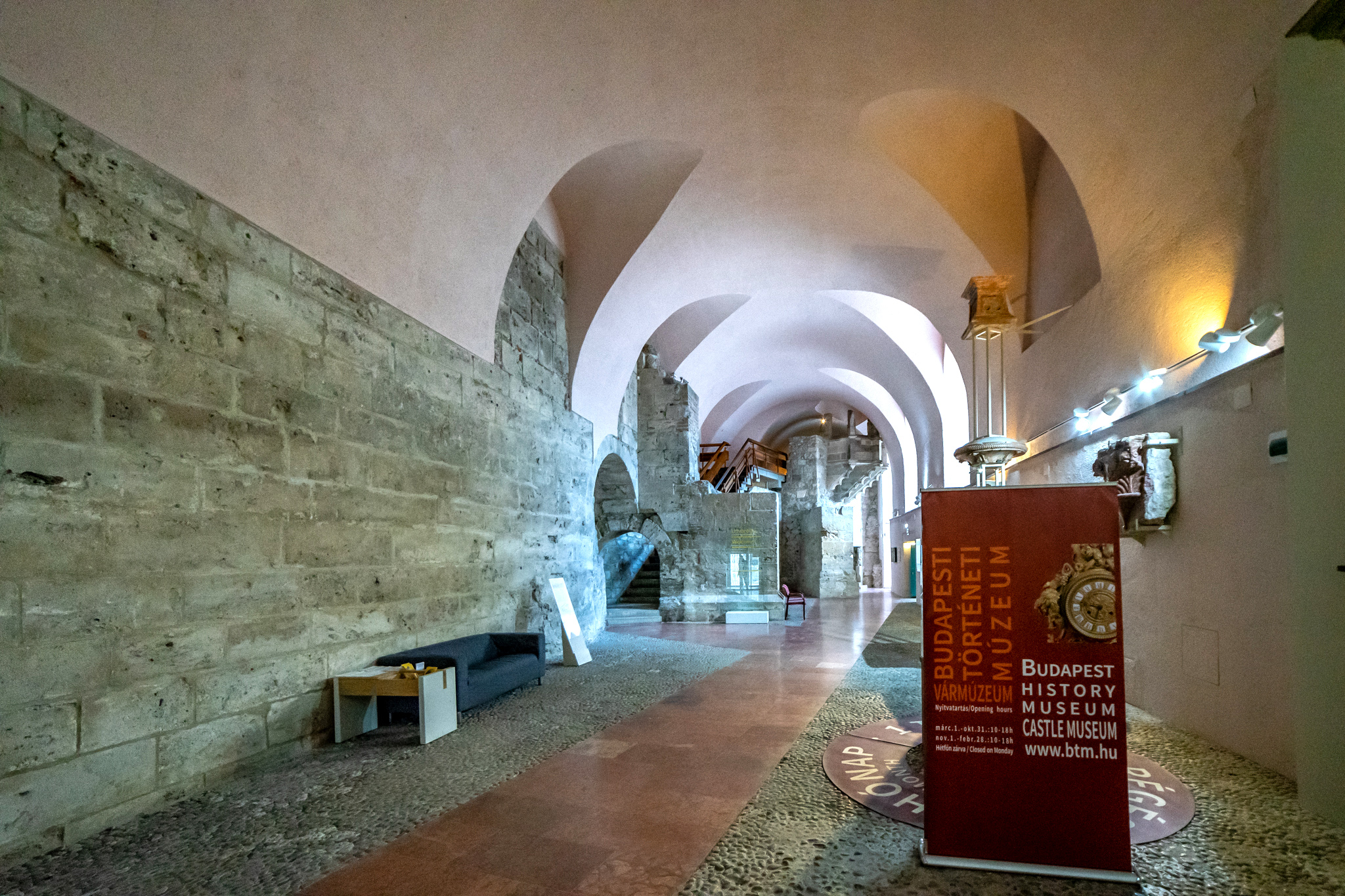
The Royal Cellar was originally one of the courtyards of the medieval palace (Photo: Both Balázs / pestbuda.hu)
According to Péter Farbaky, those entering the exhibition will be greeted by a 3D reconstruction of the three eras of the palace: the animations evoke the conditions created by the medieval, baroque and Haussmannian expansions. As he recalled, the ruined palace during the recapture of Buda in 1686 began to be rebuilt as a non-royal residence in the early 18th century.
This little-known period is also presented to those interested by 3D reconstructions, plans and representations on touch screens. In the time of Maria Theresa, this complex was expanded into a royal palace - although it was not used as a residence by the monarch - this period is evoked by the reconstruction of the wall covering of the Baroque throne room and the tapestries in the pull-out drawers.
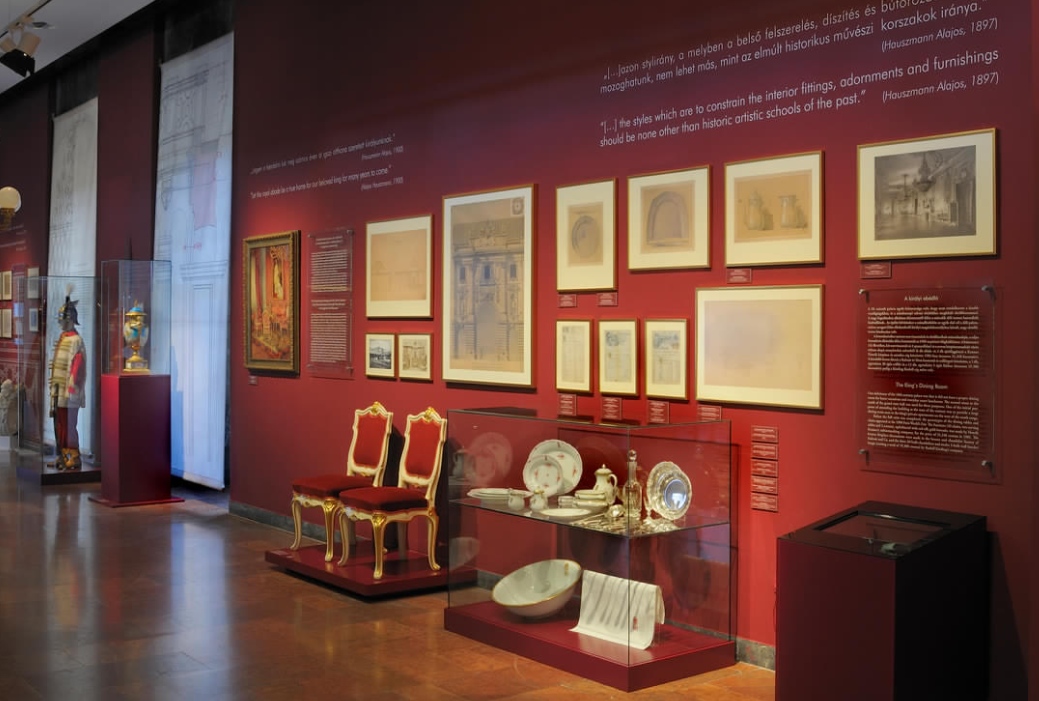
The permanent exhibition presenting the modern history of the Buda Castle has been renewed (Photo: varmuzeum.hu)
According to Péter Rostás, after the compromise, it became clear that the palace, which had served as a palatine residence in previous decades, could not accommodate the entire royal court, so planning for the expansion began, first led by Miklós Ybl and then Alajos Hauszmann. It was then that the Krisztinaváros wing, which now extends beyond Várhegy, was built.
This part of the exhibition introduces you to the newly reconstructed St. Stephen's Hall, also exhibiting the only surviving original ceramics in the hall. The Hunyadi Hall, which was also destroyed in World War II, is evoked by a reconstruction of a part of the wall, which also includes a painting by Gyula Benczúr.
The visitor can meet original pieces from, among other things, the decoration and furnishings of the ballroom, the royal dining room and the Corvin Hall, but a lion keystone has also been found in the Art Nouveau-style garden pavilion of Queen Elizabeth.
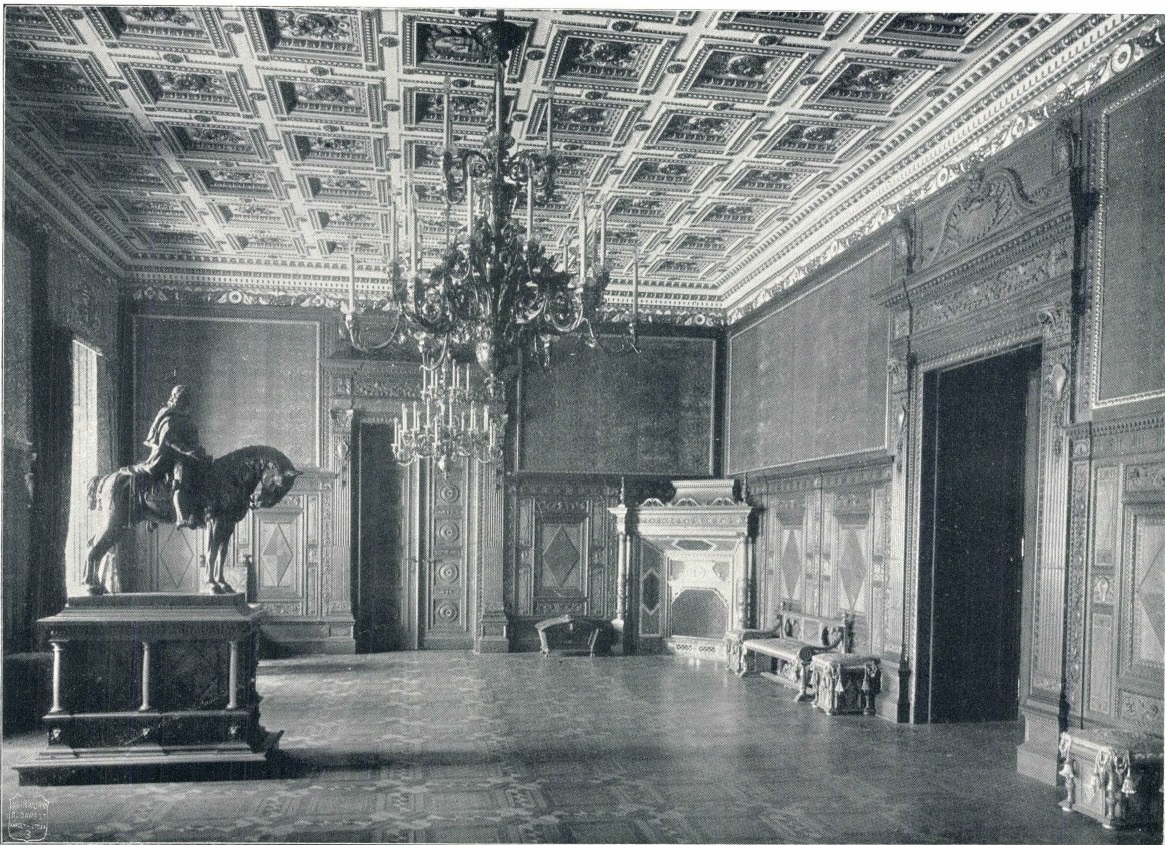
Former Hunyadi Hall of the Buda Palace (Photo: Hungarian Applied Arts, 1906)
Numerous photographs, documents, plans and quotations present the destruction of the Buda Castle in 1945, followed by plans and ideas for the restoration. For example, few people know that Rákosi wanted to restore the Haussmannian state, at least externally, but the lack of money prevented it, said Péter Rostás, adding that modest financial resources also left their mark on the quality of the Kádár-era reconstructions.
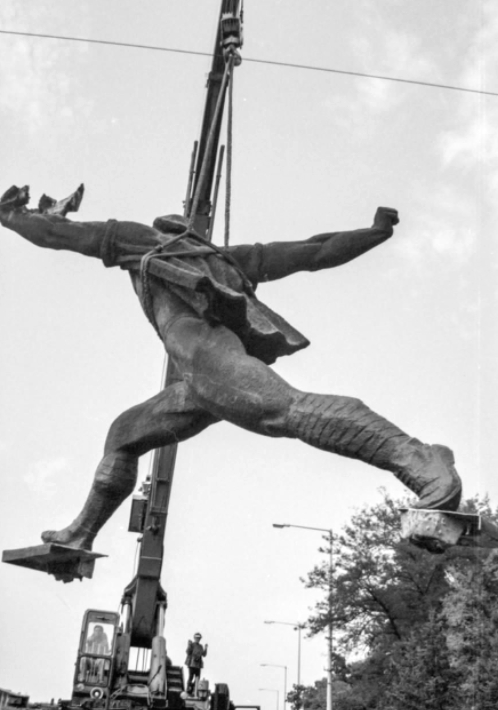
A photo of “ Can Ostapenko stay? - Relocation of Public Political Sculptures in Budapest 1990-1993" temporary exhibition (Photo: varmuzeum.hu)
At the press conference in the BTM Castle Museum Can Ostapenko stay? - Relocation of public political sculptures in Budapest was talked about, the temporary exhibition entitled 1990-1993 can be seen from Saturday. The exhibition, which is open until November 21, provides a schematic overview of the sculpture relocations ordered by the City council and organized by the Budapest Gallery after the change of regime, with the help of contemporary photo documentation.
Source: MTI
Cover photo: The Buda Palace ( Photo: Both Balázs / pestbuda.hu)

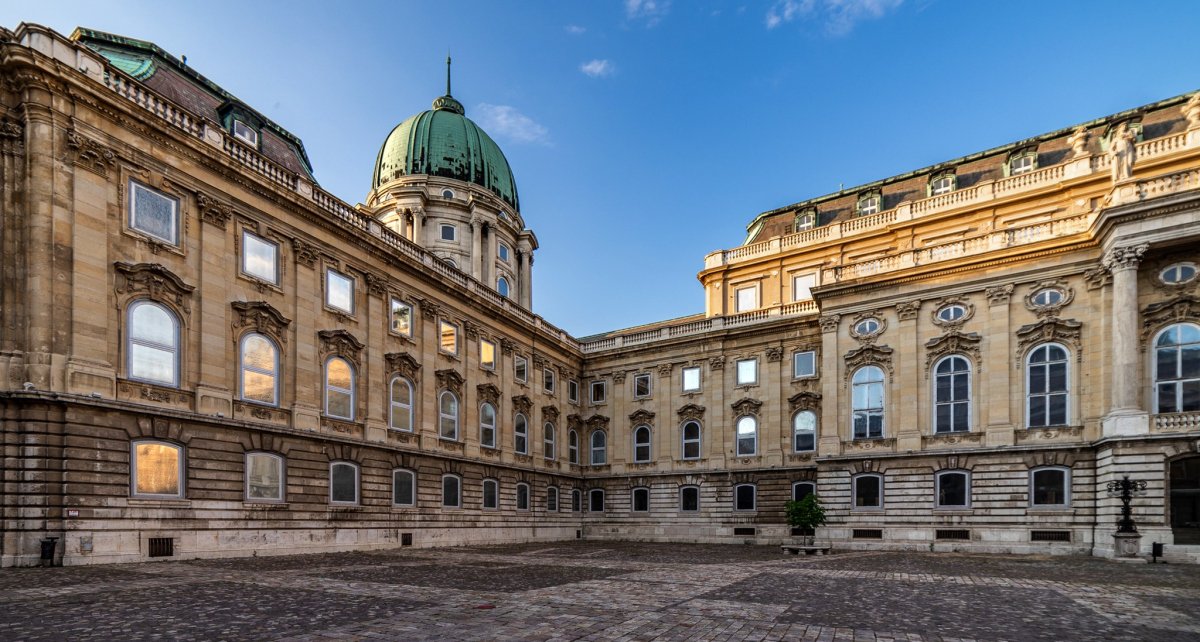




































Hozzászólások
Log in or register to comment!
Login Registration